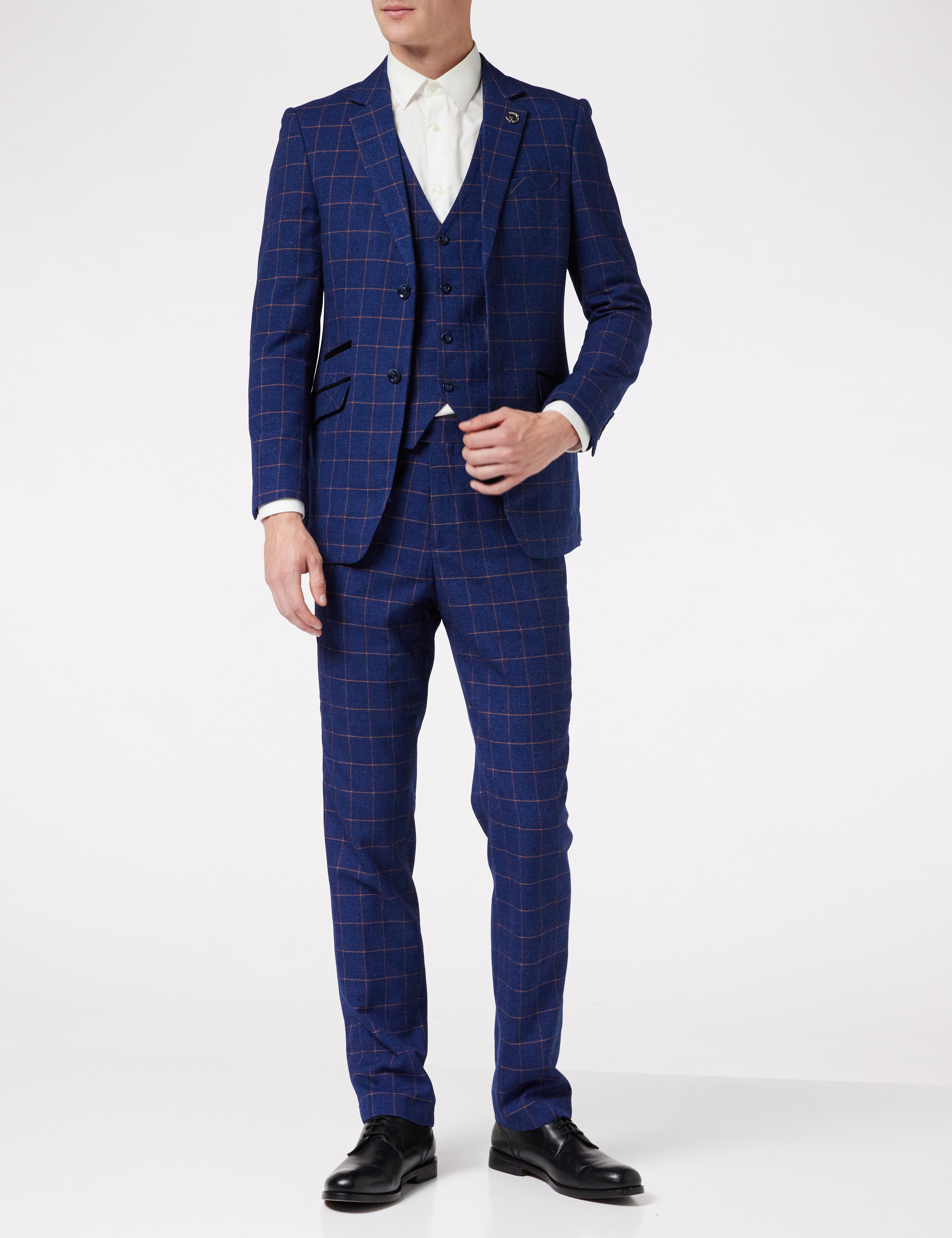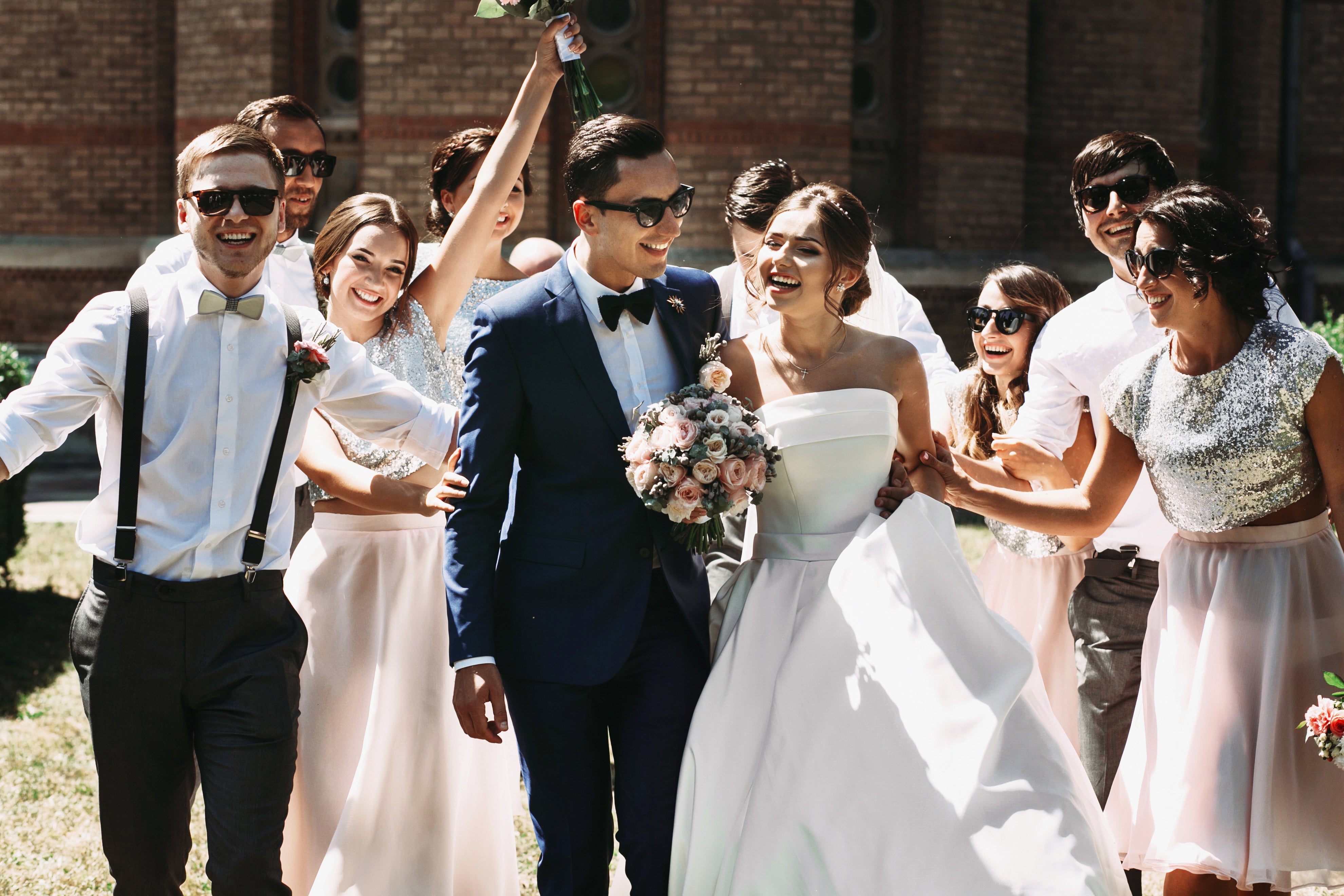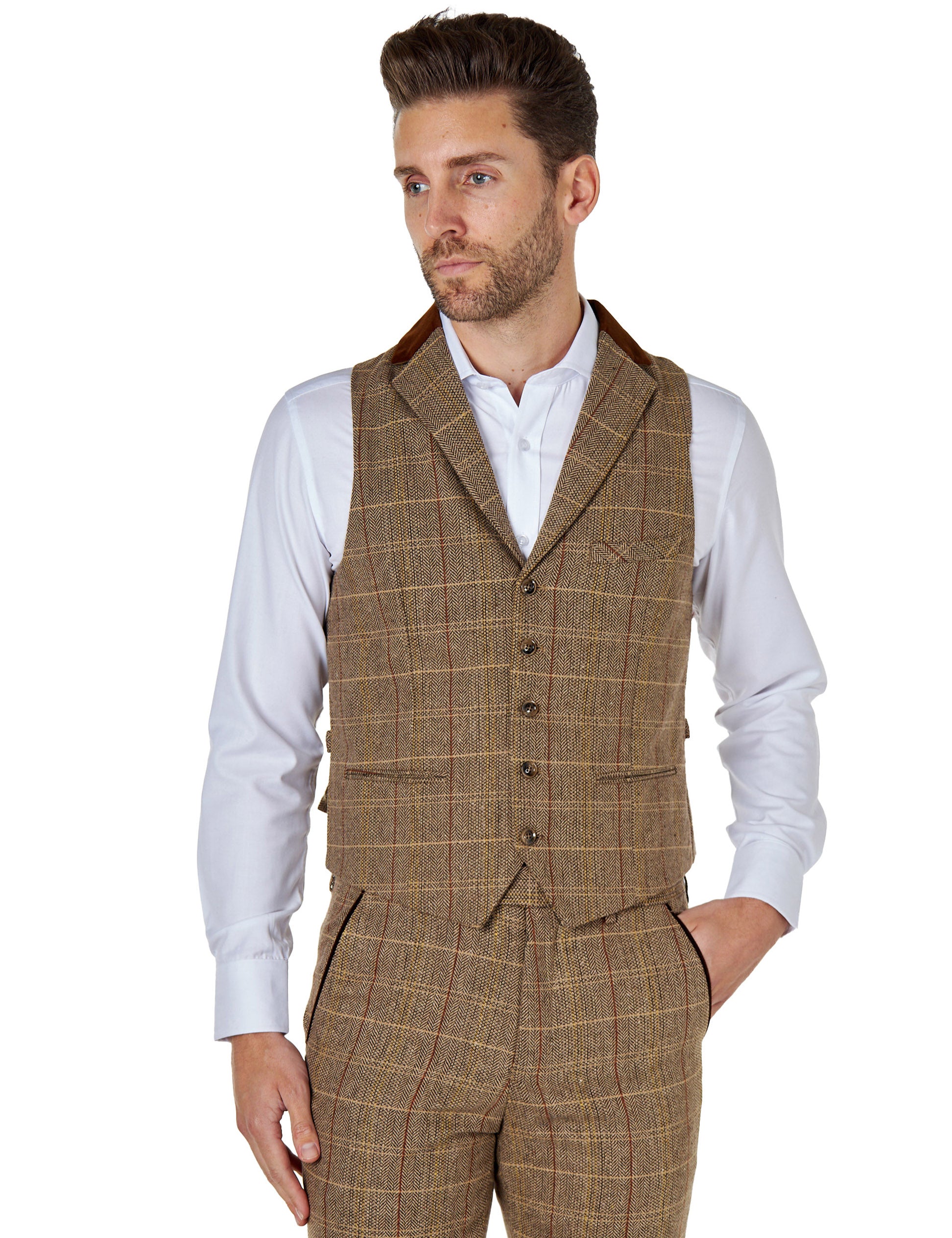Matching ties with shirts: the art of colour, contrast, and harmony
Colour is primary
First things first, you need to get acquainted with the colour wheel. It’s not just for kids’ art classes; it’s a secret weapon in your style arsenal. The colour wheel is instrumental in understanding which colours complement each other and which ones contrast. In simple men’s fashion terms, you’ll nail the balance between looking suave or akin to a carnival spectacle.
Harmonising is about using colours that sit near each other on the colour wheel. Think reds with purples or rich oranges, or greens with yellows and blues. Hardly any of your clothing – or indeed your ties – will be a purely primary or secondary colour. There will always be an overriding shade, even with a patterned tie. If you can’t discern the shade, hang it up and step to the other side of the room – the minor colours will blend into the background and merely influence the whole.
You can move just a few degrees around the wheel, for example matching a pastel blue shirt with a tie that’s darker blue with the slightest hint of purple – it’s a good way of being 100% sure the colours will match.
Introduce contrast to the mix

Now, we’ll move on to another crucial part – contrast. A basic idea is to pair a light-coloured shirt with a dark tie. A pale blue shirt with a navy-blue tie? Perfect! Remember, the tie should always be darker than the shirt.
Contrast can be in lightness, but also in colour. You have to be careful here, as some opposites, like red and green, famously don’t get along. But when you blend the wheel into a smooth, transitioning continuum rather than the six primaries and secondaries, you’ll find a few examples of friendly colours that actually sit quite remote from each other on the wheel, such as blues and yellows.
The rules of patterns
Shirts – patterned or plain?
Now, let’s talk shirt styles. The classic white shirt is your canvas, with good reason – virtually any tie will complement it, whether it’s a plain colour or a beautiful, intricate pattern. Pastels call for ties in darker shades for a neat contrast. Try a sky-blue or pink shirt with a navy or dark purple tie. For the more adventurous, patterned shirts like checks or stripes present a delightful challenge. Pair them with a tie featuring larger, bolder prints in a darker shade, ensuring the base tie colour complements the shirt.
Ties: narrows strips of vital style

Moving on to the types of ties and their unique patterns, we’ve got the solid tie, the safest bet for any shirt, patterned or plain. Diagonally striped ties bring a touch of public school to any ensemble, and can look a little formal and stuffy if they are too bold. Look for subtler stripes, preferably as part of a more complex pattern. Polka dot ties, when handled tastefully, can add curiosity without overpowering your look. Give yourself a critical look in the mirror as you try on any pair – if it fails the sniff test, save the tie for another day. Don’t worry, there’s a shirt that will match it beautifully.
Wide, narrow or bow tie?
As for the shapes of ties, we've got three major players: the standard, the skinny and the bow tie. The standard tie offers a classic look, ideal for business and formal social events. The skinny tie leans towards a more modern, fashion-forward look. It’s perfect for semi-formal occasions or a smart-casual office. The bow tie, while less common in everyday wardrobe rotation, is perfect for formal evening events.
Haves and have knots
Lastly, let’s tie this piece up. The most common and popular knots are the four-in-hand, the half-Windsor and the full Windsor. The four-in-hand is your everyday knot – easy and adaptable. The half-Windsor is a touch more formal, perfect for presentations and interviews. The full Windsor, the granddaddy of all knots, is reserved for your swankiest events, where impressing is paramount.
More than a finishing touch

Remember above all that style is a form of expression. These are guidelines, not rigid commandments. Play around with colours and textures, and challenge yourself with knots. How else do you think fashion evolves? Only, next time you reach for that tie, let’s make sure it’s bringing out the best in your shirt, while truly encapsulating your distinctive style. Because when the ensemble is done right, it's not just a shirt and tie – it's an outfit, and it’s speaking volumes.








